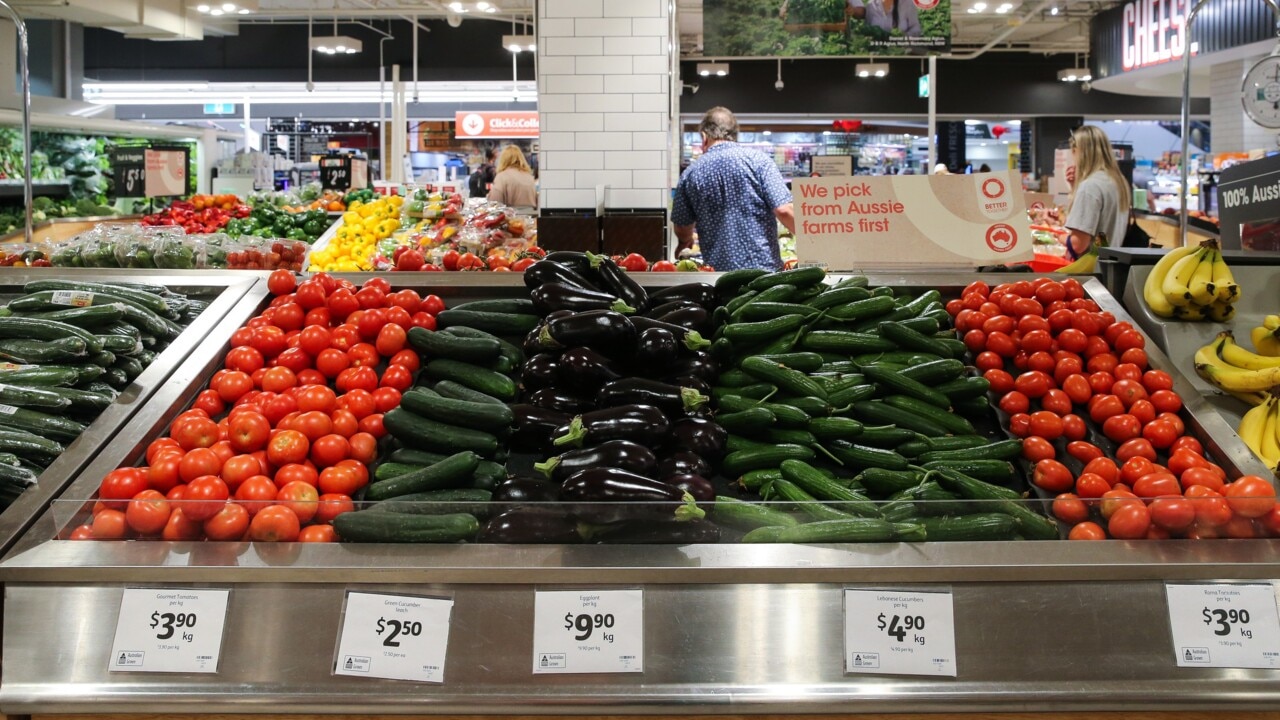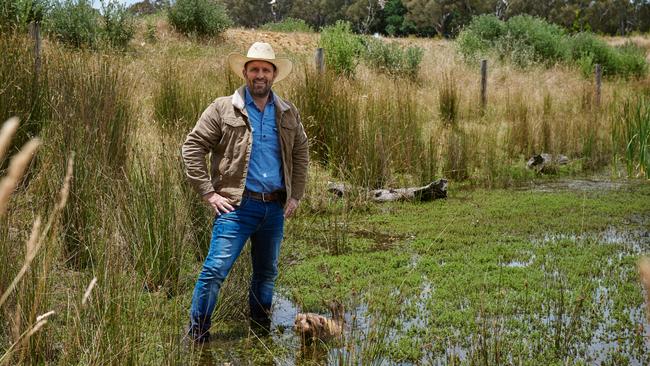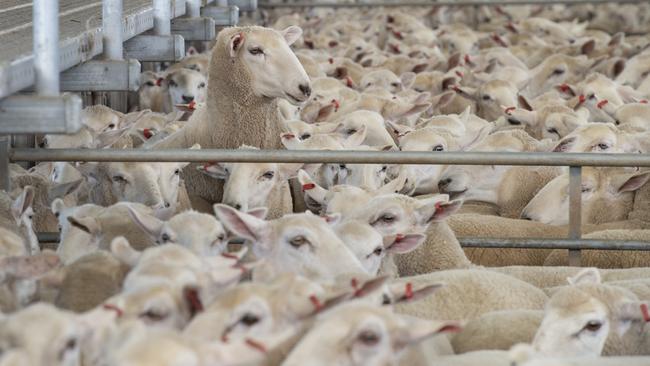Farmers hit out at BOM after dry summer prediction turns into a washout
SA farmers say the Bureau of Meteorology’s “horrifically inaccurate” predictions of a scorching summer caused panic-selling of livestock that has cost them a fortune.

SA News
Don't miss out on the headlines from SA News. Followed categories will be added to My News.
Frustrated farmers have lambasted the national weather forecaster, saying “horrifically inaccurate” rainfall predictions risk crippling their businesses.
They say widely publicised El Nino predictions made by the Bureau of Meteorology last September have potentially cost tens of millions of dollars in lost income.
South Australian beef producer Tim Burvill, who farms at Callendale west of Penola in the state’s south east, slammed BOM as being “inept” and said, increasingly, farmers were turning to private forecasters.
“The BOM has pretty much lost all credibility in the farming and agricultural industry … (it) couldn’t forecast a sunrise; when it comes to predicting rainfall it is horrifically inaccurate.”
Mr Burvill said the market was flooded ahead of Christmas as producers across the nation moved to offload stock, to avoid the forecast dry conditions.

“It is huge, the price of cattle from the start of 2023 … to mid November dropped anywhere up to 70 per cent and the majority of that was because of the negativity that was being put into the industry by the BOM who were continually forecasting dry, dry dry,” he said.
“It crashed confidence … (with producers saying) ‘we are not going to carry stock through another drought, we are offloading’.
“I know one farmer, who operates a feedlot, who purchased 3000 tonnes of grain on the back of BOM’s predicted ‘super dry spring and summer’ which cost him a million dollars.”
Clare livestock agent Matt Pawley, who covers a huge area of the state from the mid north across to Hummocks and into New South Wales and the Northern Territory, said:
“People got scared and sold … it really created panic-selling.”

“Everyone was offloading due to the fact an El Nino had been called … and then six weeks later there were places in the state getting 50 to 140mm of rain.
“The lamb market is now bouncing back but there was a massive flush when a lot of people sold lambs for $30 to $55 where now they’re probably worth $90 to $105.”
Livestock SA president Joe Keynes, a partner in Keyneton Station, a family farming business based in the Eastern Mount Lofty Ranges and South East, agreed the predicted hot, dry conditions did motivate people to sell, driving down prices.
“(The predictions) certainly played into producers’ minds, especially when we had a drier spring … they were taking good, positive action (based on the information they had) but the forecast did not live up to what we were expecting,” he said.
Over the border, Mallee farmer Ian Hastings was also critical of BOM’s ability to accurately predict rain.
“Something is clearly wrong in the way it is developing its forecasts … as far as business decisions are concerned, there is no way in the world you can ever make a good business decision on forecasts coming out of the BOM,” he said.
But a mixed grain grower from Western Australia was more pragmatic.
“You’ve got to take (the forecasts) with a grain of salt … I don’t really take their long range forecasting too seriously … but it is a guide … as a farmer I wouldn’t hang them out to dry,” he said.
Last week, in the wake of Queensland’s floods, federal Emergency Management Minister Murray Watt defended BOM: “The Bureau of Meteorology’s forecast that we were heading into an El Nino was correct and remains correct … it is not unusual in some parts of the country to see heavy rain during an El Nino cycle,” he said.
The Bureau has been heavily criticised after failing to warn North Queensland residents of the torrential downpour from Cyclone Jasper last month, predicting the worst was over before Cairns was deluged by 51mm in an hour, creating a major flood emergency.
Last December, Adelaide received almost three times its average rainfall for the month, 73.4mm compared to an average 25.8mm.
Independent forecaster David Stephens said predicting weather was complex but a lot was riding on getting it right, particularly for farmers.
“We are looking at general patterns of pressure, pressure is a very fluid thing it is moving and changing and driving our weather and rainfall but it doesn’t follow an exact same pattern ... a classic was 1997; and in 2007 we had a La Nina and yet we had a drought,” the Agrometeorology Australia managing director said.
“Everyone is talking about this wet summer which wasn’t expected given two classic drivers along the equator ... but the thing I have studied quite intensely is the influence from the south, the Antarctic ... the temperature contrast in one sense coming from the south moving north, the cold air moving north.
“... we’ve had a very strong vortex around Antarctica and that has been giving us spring-like outflows ... that has interacted with a bit of a warning trend in the ocean around Australia and caused the reverse swing effect, if you like.”
BOM was contacted for comment.
More Coverage
Originally published as Farmers hit out at BOM after dry summer prediction turns into a washout





